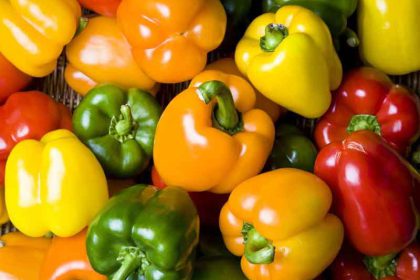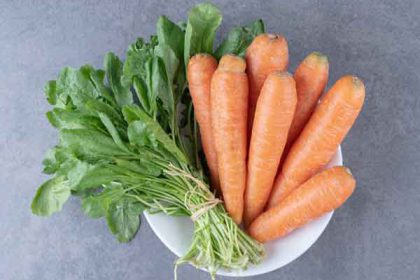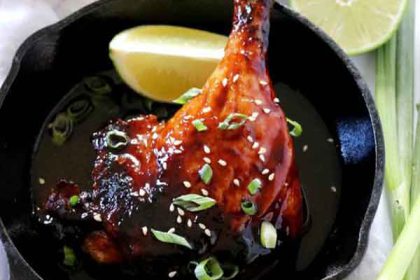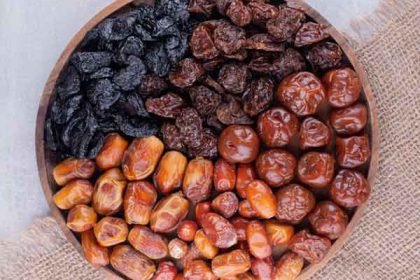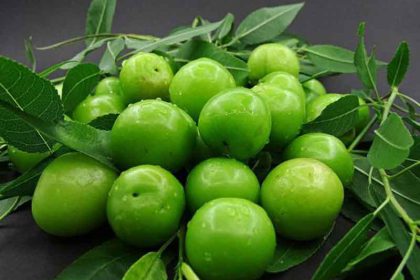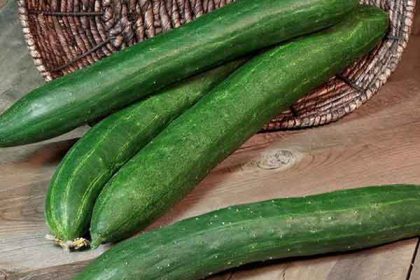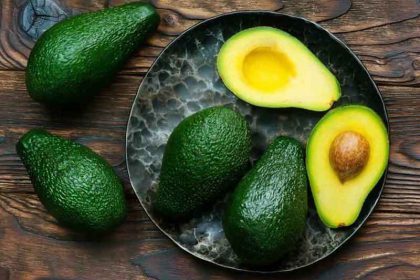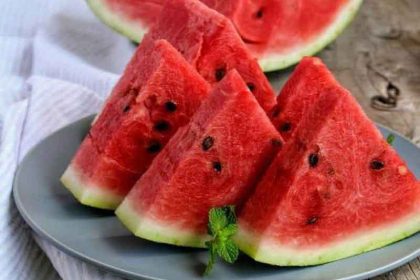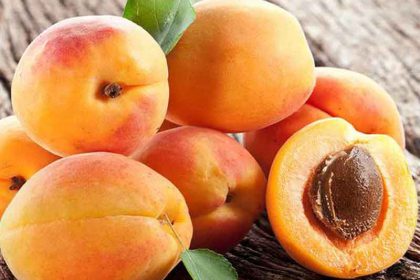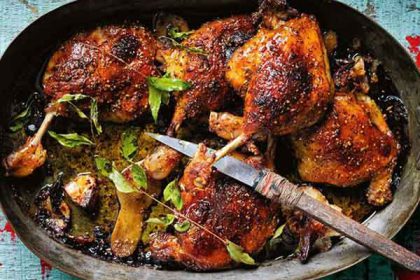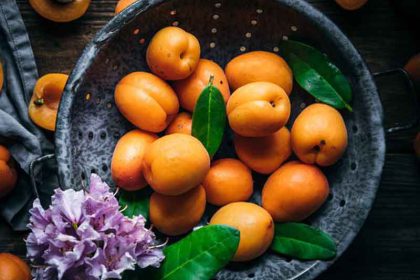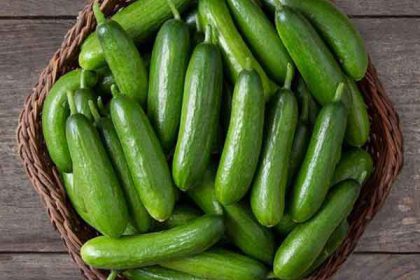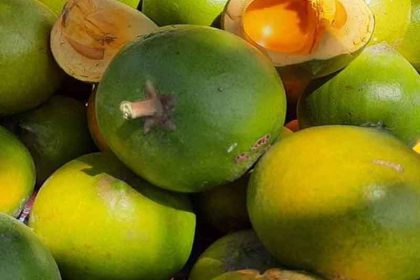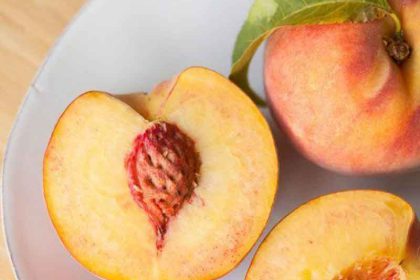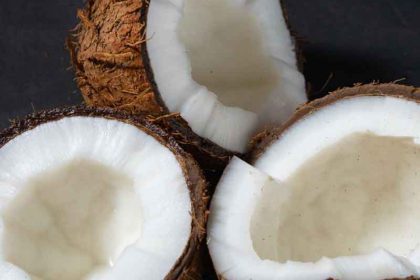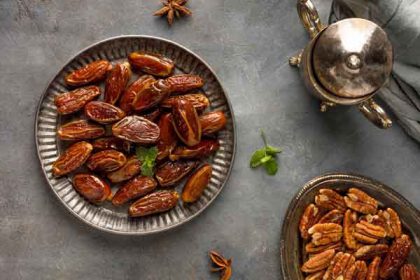Is burrata high in protein?
Is burrata high in protein?
Is burrata high in protein? on Nichooli site. We hope this article will be of interest to you.
Burrata cheese, while not exceptionally high in protein compared to some dairy products like cottage cheese or Greek yogurt, offers several nutritional benefits. It’s rich in high-quality protein, essential for muscle repair and overall bodily functions. Additionally, it provides calcium for strong bones, vitamins and minerals for various bodily functions, healthy fats that can support heart health, and probiotics for gut health. Despite these benefits, it’s important to consume burrata in moderation due to its high fat and calorie content. While it can indirectly contribute to hair health through its nutrient profile, it’s not a direct solution for combating hair loss. Overall, while delicious, burrata should be enjoyed as part of a balanced diet.
Is burrata high in protein?
Burrata, a type of Italian cheese made from mozzarella and cream, isn’t particularly high in protein compared to other dairy products like cottage cheese or Greek yogurt. While it does contain some protein, its main appeal lies in its creamy texture and rich flavor rather than its protein content. Typically, a serving of burrata (about 100 grams) provides around 5-6 grams of protein. If you’re looking to increase your protein intake, you might want to opt for other dairy products or protein-rich foods.
Familiarity with other properties of Burrata cheese
We have prepared this section for you to learn more about benefits of Burrata cheese.
Burrata cheese benefits
Burrata cheese, a creamy and rich Italian cheese, offers a range of nutritional benefits, making it a valuable addition to a balanced diet. Here are some of the key benefits:
High-Quality Protein: Burrata is a good source of high-quality protein, which is essential for muscle repair, growth, and overall bodily functions. Proteins are also crucial for maintaining healthy skin, nails, and hair.
Rich in Calcium: Like many dairy products, burrata is rich in calcium, which is vital for strong bones and teeth. Regular calcium intake can help prevent osteoporosis and maintain bone health.
Contains Vitamins and Minerals: Burrata provides essential vitamins such as Vitamin A, which is important for vision and immune function, and Vitamin B12, crucial for red blood cell formation and proper nerve function. It also contains minerals like phosphorus, zinc, and selenium.
Source of Healthy Fats: Burrata contains fats, including heart-healthy monounsaturated fats and omega-3 fatty acids, which can contribute to heart health and reduce inflammation in the body.
Beneficial for Gut Health: Being a dairy product, burrata can contribute to gut health. It contains probiotics, the beneficial bacteria that support a healthy gut microbiome, aiding in digestion and potentially improving gut-related immunity.
May Aid in Weight Management: The protein and fat content in burrata can promote a feeling of fullness, which might aid in weight management by reducing overall calorie intake.
Culinary Versatility: Burrata’s creamy texture and rich flavor make it a versatile ingredient in various culinary applications, from salads to pastas, enhancing the enjoyment and nutritional profile of meals.
Burrata cheese benefits for hair loss
Burrata cheese, while primarily a culinary delight, doesn’t have a direct or significant role in combating hair loss. However, as part of a balanced diet, the nutrients found in burrata can contribute to overall health, which in turn can have a positive, albeit indirect, impact on hair health. Here’s how some of its nutrients might play a role:
Protein: Hair is mainly composed of a protein called keratin. Burrata cheese, being a dairy product, provides protein which is essential for hair strength and growth. Adequate protein intake is important in preventing hair loss.
B Vitamins: Burrata contains B vitamins, including Biotin (Vitamin B7), which is often associated with hair health. Biotin helps in the production of keratin and can contribute to reducing hair fall.
Fatty Acids: The high-fat content in burrata, including omega-3 and omega-6 fatty acids, can contribute to the health of the scalp. Healthy scalp conditions are important for maintaining hair follicle health, potentially reducing hair loss.
Vitamins A and E: These vitamins are antioxidants that can help in maintaining hair health. Vitamin A aids in sebum production, which keeps the scalp moisturized and hair healthy, while Vitamin E can support scalp health.
Zinc and Selenium: Burrata provides minerals like zinc and selenium, both known for their roles in hair health. Zinc is crucial for hair tissue growth and repair, while selenium helps in the prevention of hair loss due to its antioxidant properties.
Despite these potential benefits, it’s important to remember that burrata cheese should be consumed in moderation due to its high fat and calorie content. Also, the impact of dietary changes on hair loss can vary greatly among individuals. Hair loss can be caused by numerous factors including genetics, hormonal imbalances, nutrient deficiencies, and stress. Therefore, addressing hair loss effectively often requires a comprehensive approach that includes medical consultation and, in some cases, specific treatments.
For those experiencing significant hair loss, it’s advisable to consult with healthcare professionals or a dermatologist to identify the underlying cause and receive appropriate treatment.
Is burrata cheese healthy?
Burrata cheese, like many types of cheese, is a delicious and indulgent food. However, when it comes to its nutritional profile, it is not considered a particularly healthy option. Here are some considerations:
High in calories: Burrata is a rich and creamy cheese made from mozzarella and cream. It is high in calories, with approximately 100-200 calories per ounce. Consuming excessive calories without considering overall energy balance can contribute to weight gain.
High in fat: Burrata is a fatty cheese, primarily due to its cream content. While fat is an essential nutrient, consuming too much-saturated fat, which is found in high amounts in burrata, can be detrimental to heart health when consumed in excess.
High in sodium: Like many cheeses, burrata is often salted to enhance its flavor and extend its shelf life. This means it can be relatively high in sodium, which can contribute to high blood pressure and other health issues when consumed excessively.
Protein content: On a positive note, burrata contains a moderate amount of protein. Protein is essential for various bodily functions, including building and repairing tissues. However, the protein content alone does not outweigh the potential drawbacks mentioned above.
burrata calories one ball
The calorie content of a single ball of Burrata cheese can vary depending on its size and brand. On average, a standard 120-gram ball of Burrata cheese typically contains around 250-300 calories. However, it’s important to note that the exact calorie count may vary slightly depending on the specific brand and preparation method. Checking the nutrition label or referring to the specific brand’s information can provide more accurate details regarding the calorie content of Burrata cheese.
Burrata nutrition 100g
Burrata cheese, known for its creamy texture and rich flavor, contains a variety of nutrients. Here’s a general nutritional profile for 100 grams of burrata cheese:
Calories: Approximately 280-300 calories. The exact number can vary depending on the specific product and preparation.
Protein: About 18-20 grams. Burrata is a good source of high-quality protein.
Fat: Roughly 20-25 grams, of which a significant portion is saturated fat. The fat content contributes to its creamy texture.
Carbohydrates: Burrata contains a small amount of carbohydrates, usually around 1-3 grams, primarily from lactose.
Calcium: It provides a good amount of calcium, essential for bone health, with about 150-200 milligrams per 100 grams.
Cholesterol: High in cholesterol, with levels around 70-100 milligrams.
Sodium: The sodium content can vary but is typically around 100-400 milligrams. Sodium levels can be higher in cheeses that are more heavily salted during the manufacturing process.
Vitamins and Minerals: Burrata contains vitamins such as Vitamin A and some B vitamins (including B12), as well as minerals like phosphorus and zinc. The exact amounts of these nutrients can vary.
Fatty Acids: It includes a mix of saturated and unsaturated fats, including heart-healthy monounsaturated fats and omega-3 fatty acids.
Burrata nutrition protein
Burrata cheese is a good source of protein. In 100 grams of burrata, you can typically expect to find about 18 to 20 grams of protein. This amount can vary slightly depending on the specific brand or preparation of the cheese.
Protein is crucial for various bodily functions, including muscle repair and growth, enzyme and hormone production, and maintaining healthy skin, hair, and nails. The protein in burrata, like that in other dairy products, is considered high-quality because it contains all of the essential amino acids needed by the body.
However, it’s important to balance your diet, as burrata also contains high levels of fats and calories. For those watching their calorie or fat intake, moderation is key when incorporating burrata into their meals.
Burrata calories 150g
Approximately 435 calories are present in 150 grams of burrata cheese, based on an average of 290 calories per 100 grams. This value can vary slightly depending on the specific brand or preparation of the cheese.
Burrata vs mozzarella
Burrata and mozzarella are both popular Italian cheeses, but they have distinct differences in terms of texture, flavor, and production:
Texture and Composition:
Burrata: It has a unique texture, featuring a soft, creamy interior encased in a firmer outer shell made of mozzarella. The inside of burrata contains stracciatella and cream, giving it a rich, buttery texture that is much more creamy and oozy compared to mozzarella.
Mozzarella: This cheese is uniformly semi-soft and less creamy than burrata. Traditional mozzarella is made from the milk of water buffalo (mozzarella di bufala), though it is often made from cow’s milk (fior di latte).
Flavor:
Burrata: It has a rich, buttery flavor that is more pronounced than mozzarella, due to the cream and stracciatella inside. The flavor is fresh, milky, and slightly tangy.
Mozzarella: Mozzarella has a milder taste compared to burrata. It’s lightly creamy and has a slightly tangy, milky flavor. Buffalo mozzarella has a stronger, more distinct taste than cow’s milk mozzarella.
Production Process:
Burrata: Burrata is made by forming a pouch from mozzarella, which is then filled with soft, stringy curd and cream. This process creates its signature creamy interior.
Mozzarella: Mozzarella is traditionally made through a process called pasta filata, where the curd is heated and then stretched and kneaded until it reaches the desired consistency.
Nutritional Content:
Burrata: Generally higher in calories and fat due to the cream inside. It also contains a good amount of protein, calcium, and vitamins.
Mozzarella: Usually lower in calories and fat compared to burrata. It’s also a good source of protein, calcium, and certain B vitamins.
Culinary Uses:
Burrata: Often served fresh, at room temperature to enjoy its creamy texture. It’s commonly used in salads, on crusty bread, or as a topping for pasta and pizza.
Mozzarella: Extremely versatile in cooking, used in dishes like pizza, lasagna, salads, and sandwiches. It’s prized for its melting qualities.
Shelf Life:
Burrata: Has a shorter shelf life than mozzarella and is best consumed within a few days of production.
Mozzarella: Can be stored longer, especially if it’s the low-moisture variety used for cooking.


